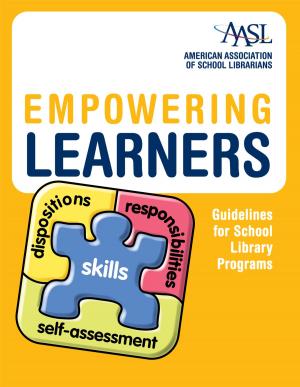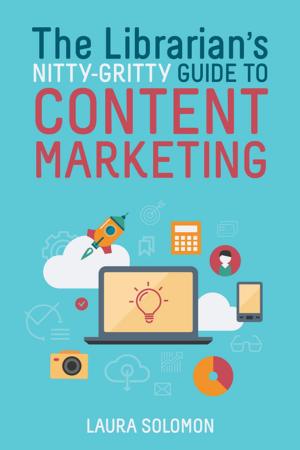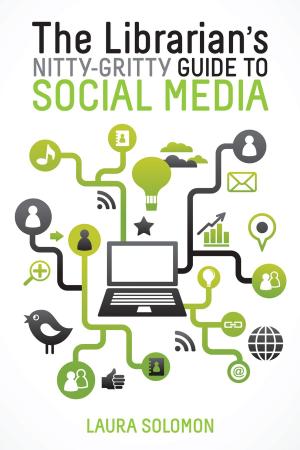Making Libraries Accessible
Adaptive Design and Assistive Technology
Nonfiction, Reference & Language, Language Arts, Library & Information Services, Reference| Author: | ISBN: | 9780838994429 | |
| Publisher: | American Library Association | Publication: | January 1, 2014 |
| Imprint: | ALA TechSource | Language: | English |
| Author: | |
| ISBN: | 9780838994429 |
| Publisher: | American Library Association |
| Publication: | January 1, 2014 |
| Imprint: | ALA TechSource |
| Language: | English |
As a provider of public space and digital content, your library is duty-bound to promote equitable access to all users, regardless of whether they use assistive technology. In this issue of Library Technology Reports, editor Booth makes the case that that attention to the core principles of consistency, flexibility, and simplicity go hand in hand with libraries’ commitments to open information and accessibility. Even when staffing levels or resources aren't ideal, libraries can substantially improve the experience of people with disabilities. In this issue, expert contributors address standards, spaces and services, devices, websites, and collections, offering advice on Assistive technology products, including screen readers, literacy software, and speech input E-books and e-readers for users with print disabilities, with charts comparing accessibility features of the most common e-readers The nuts and bolts of using HTML, CSS, Javascript, or JQUERY for accessibility Best practices for evaluating vendor database compliance
As a provider of public space and digital content, your library is duty-bound to promote equitable access to all users, regardless of whether they use assistive technology. In this issue of Library Technology Reports, editor Booth makes the case that that attention to the core principles of consistency, flexibility, and simplicity go hand in hand with libraries’ commitments to open information and accessibility. Even when staffing levels or resources aren't ideal, libraries can substantially improve the experience of people with disabilities. In this issue, expert contributors address standards, spaces and services, devices, websites, and collections, offering advice on Assistive technology products, including screen readers, literacy software, and speech input E-books and e-readers for users with print disabilities, with charts comparing accessibility features of the most common e-readers The nuts and bolts of using HTML, CSS, Javascript, or JQUERY for accessibility Best practices for evaluating vendor database compliance















